Hidden landmarks not to miss when walking Rome’s famous cobblestone roads
Everyone knows Rome’s most famous landmarks, as these pictures can be found on every guide of the “Città Eterna”. But few people are aware of the hidden secrets they are missing when they are walking on Rome’s famous cobblestone roads.
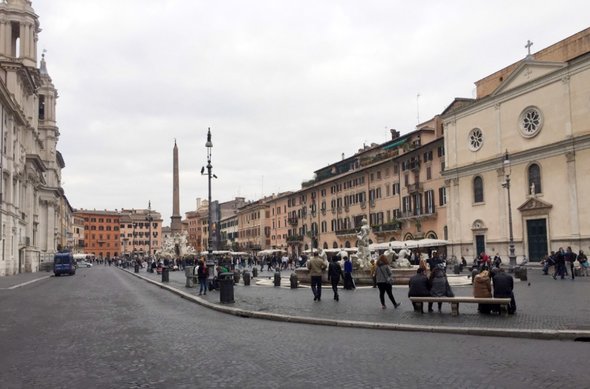
Let’s start with the world-famous Piazza Navona. If you pay attention, you will notice its curious shape, so different from other squares in Rome. In the ancient Rome, it was known as the Stadium of Domitian, a Roman emperor. In fact, Piazza Navona was called “Circus Agonalis”, after the Greek and then Latin word“Agon”, or “game”. The reason for this name was that Roman games took place here. That’s why later it was known as “Piazza in Agone”. But that’s not all. You won’t believe that for a long period, from 1652 until 1866, Piazza Navona used to be covered by water in the weekends of August. The water was coming from the three fountains, and various events took place. Then a Pope decided to forbid these activities, and the pavement was eventually built.
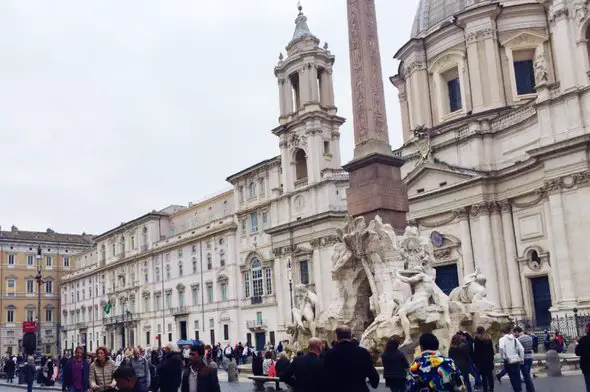
There are three fountains in Piazza Navona. The most famous is a work of art by Gian Lorenzo Bernini, the “Fontana dei Quattro Fiumi” or “Fountain of the FourRivers”. Pope Innocent X, belonging to the Pamphili family, was the sponsor of the masterpiece.
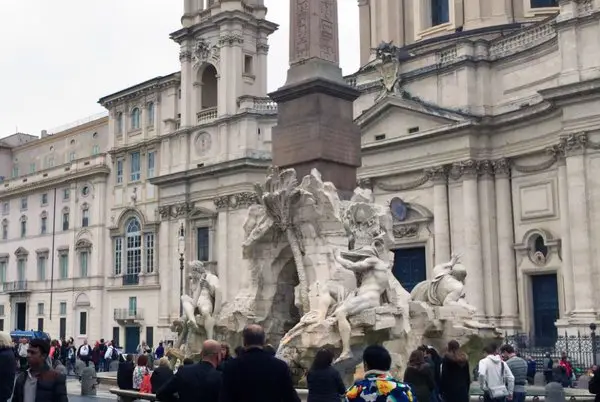
Palazzo Pamphili, the family’s Palazzo, and the church of Sant’Agnese in Agone were both sponsored by the Pope.
As usual, when works of art were sponsored, a political message was implicit. The four major rivers of the four continents mean that the Roman Church and the Pope himself had power and influence over the world. Africa refers to the Nile, Europe is represented by the Danube, the Ganges refers to Asia, and the Río dela Plata refers to the Americas.
Other spectacular landmarks of Rome are very close to Piazza Navona.
Some of them are not popular, however they are Baroque masterpieces. For example, Borromini designed the amazing Sant’Ivo alla Sapienza, featuring an original dome.
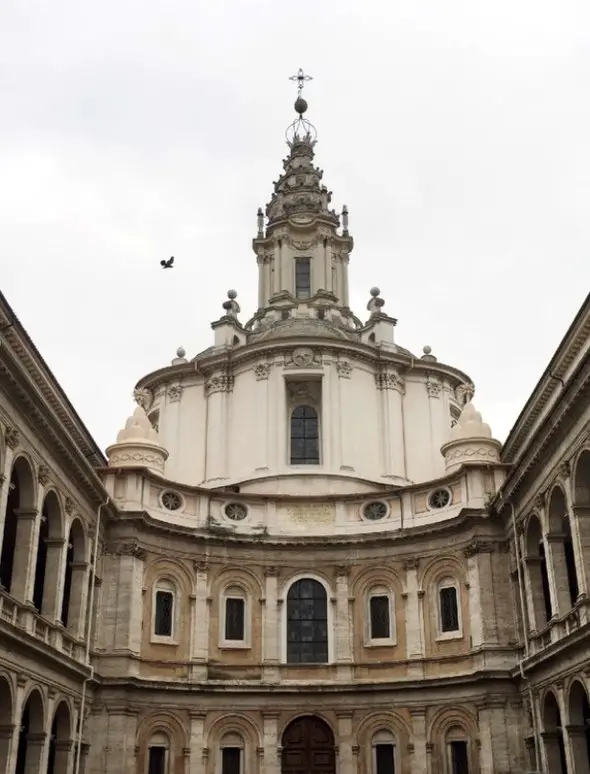
A few steps away, you will find the spectacular Pantheon, built in 27 BC. It is still the largest concrete dome in the world. Its diameter is actually greater than St. Peter’s basilica and Santa Maria del Fiore in Florence, which were built several centuries later.
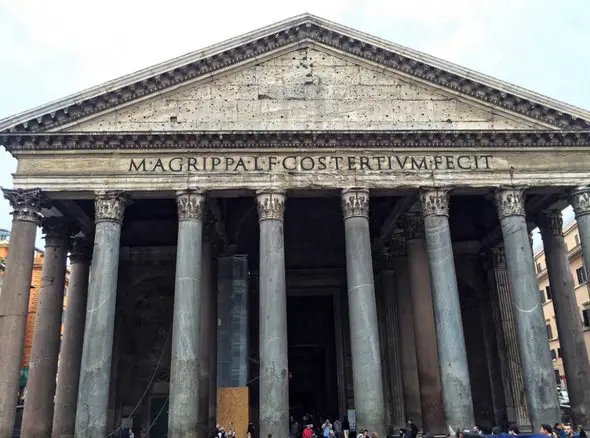
The secret of its structure had been lost in the Middle Ages, and many artists in the Renaissance, such as Brunelleschi, went to Rome in order to discover how the dome was built.
 Brunelleschi was inspired by the Pantheon when he designed Santa Maria del Fiore’s famous dome, which is one of the greatest architecture achievements of all time.
Brunelleschi was inspired by the Pantheon when he designed Santa Maria del Fiore’s famous dome, which is one of the greatest architecture achievements of all time.
In the following centuries, many other architects, such as Palladio, were fascinated by the amazing structure of the Pantheon’s dome.

Written by, Sergio Porrini – Next Generation Virtual Reality Expert ✧ Luxury Hotels ✧ Museums ✧ Exhibitions ✧ International Sponsorship Projects ✧ ItaliaLiving.com contributor
Picture courtesy of Virtualiter. © 2015 Virtualiter.net. All Rights Reserved.
The Palladio reproduction is courtesy of Wikipedia/Wikimedia